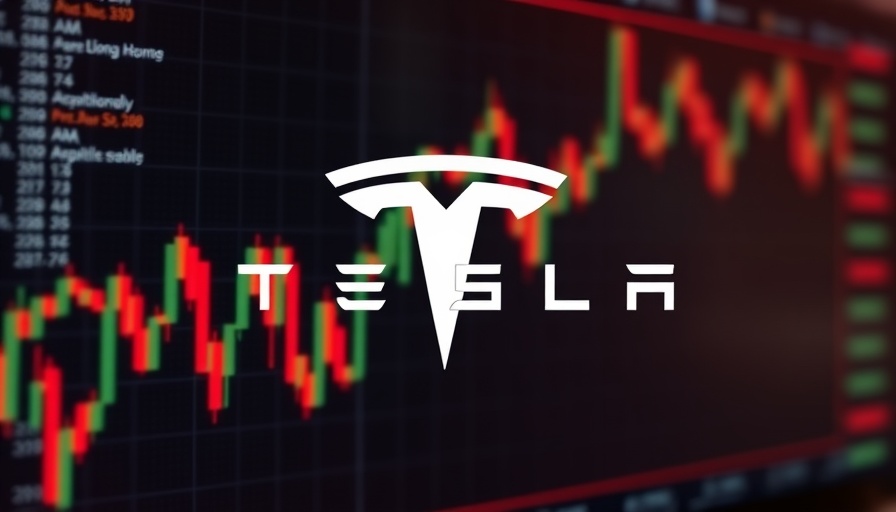
The Latest on Tesla’s Market Dynamics Amid Political Intrigue
Tesla's standing in the financial market has hit a rough patch, with shares experiencing a decline following recent comments made by Donald Trump. The former president publicly stated that he wants Elon Musk to "thrive," a comment that some analysts interpret as a veiled dig at Musk's current leadership directions and his entanglements with social media platforms. In a whimsical way, Trump's remarks raise questions about Musk’s influence and reliability as a tech mogul critical for the growth of the electric vehicle market.
How Corporate Leadership Influences Stock Prices
Understanding how public figures influence stock prices is essential. Since Trump’s comments, investors have become cautious, reflecting the broader sentiment in the market regarding Tesla's future. Shares have dipped, hinting at the volatility that can surround a company like Tesla, which is at the forefront of innovation but also faces scrutiny for its production challenges and corporate governance. The auto industry, particularly in Silicon Valley, thrives on investor confidence. When that confidence wanes, as suggested by current market actions, businesses often have to recalibrate their strategies.
What Analysts Are Saying: Diverse Perspectives on Tesla’s Future
Some analysts believe the dip is temporary, driven by overreactions in the market. They argue that Tesla's potential for growth in the renewable energy sector and emerging technology trends remains strong. However, critics caution that as Musk navigates Twitter and ambitious growth strategies, he risks alienating both investors and consumers. Balancing innovation with corporate responsibility is crucial, especially in a fragile economy.
The Stance of Bay Area Startups: Reflecting on Business Leadership
For many tech companies in the Bay Area, Musk represents a unique blend of innovation and controversy. Local startups often look to Tesla not just for inspiration but as a cautionary tale of what can happen when corporate leaders become embroiled in political issues. The narrative of Musk, marked by both triumphs and tribulations, sheds light on how aspiring entrepreneurs should navigate public relations and community relations while focusing on business growth.
Future Trends in Electric Vehicles and Market Outlook
The electric vehicle market is on a precipice of significant changes, with predictions indicating increased competition, particularly from established automakers and newer entrants within the startup ecosystem. How Musk and Tesla respond to these challenges will shape their future and potentially redefine the industry. Economically, the integration of sustainable practices is becoming non-negotiable, influencing investor and consumer behavior—and ultimately, market trends.
The Broader Context: Economic Impacts Beyond Tesla
Silicon Valley and the Bay Area, as centers of technological innovation, find themselves at the nexus of these discussions. The economic forecasts suggest that the decline in Tesla's stock may reflect wider trends affecting Bay Area businesses, including venture capital funding shifts and consumer behavior changes. As organizations contemplate corporate culture and governance practices, it is crucial to monitor how these elements play into business economics and entrepreneurial success.
Final Thoughts: The Ripple Effects of Leadership Decisions
Musk’s recent endeavors, alongside political commentary from influential figures like Trump, underline the intricate relationship between corporate leadership and shareholder sentiment. For stakeholders monitoring Tesla, understanding these dynamics is vital for navigating the often-turbulent waters of investment in tech and auto industries. The sustainability and growth strategies employed by Tesla in this uncertain landscape will likely serve as a case study for future generations of entrepreneurs.
 Add Row
Add Row  Add
Add 



Write A Comment